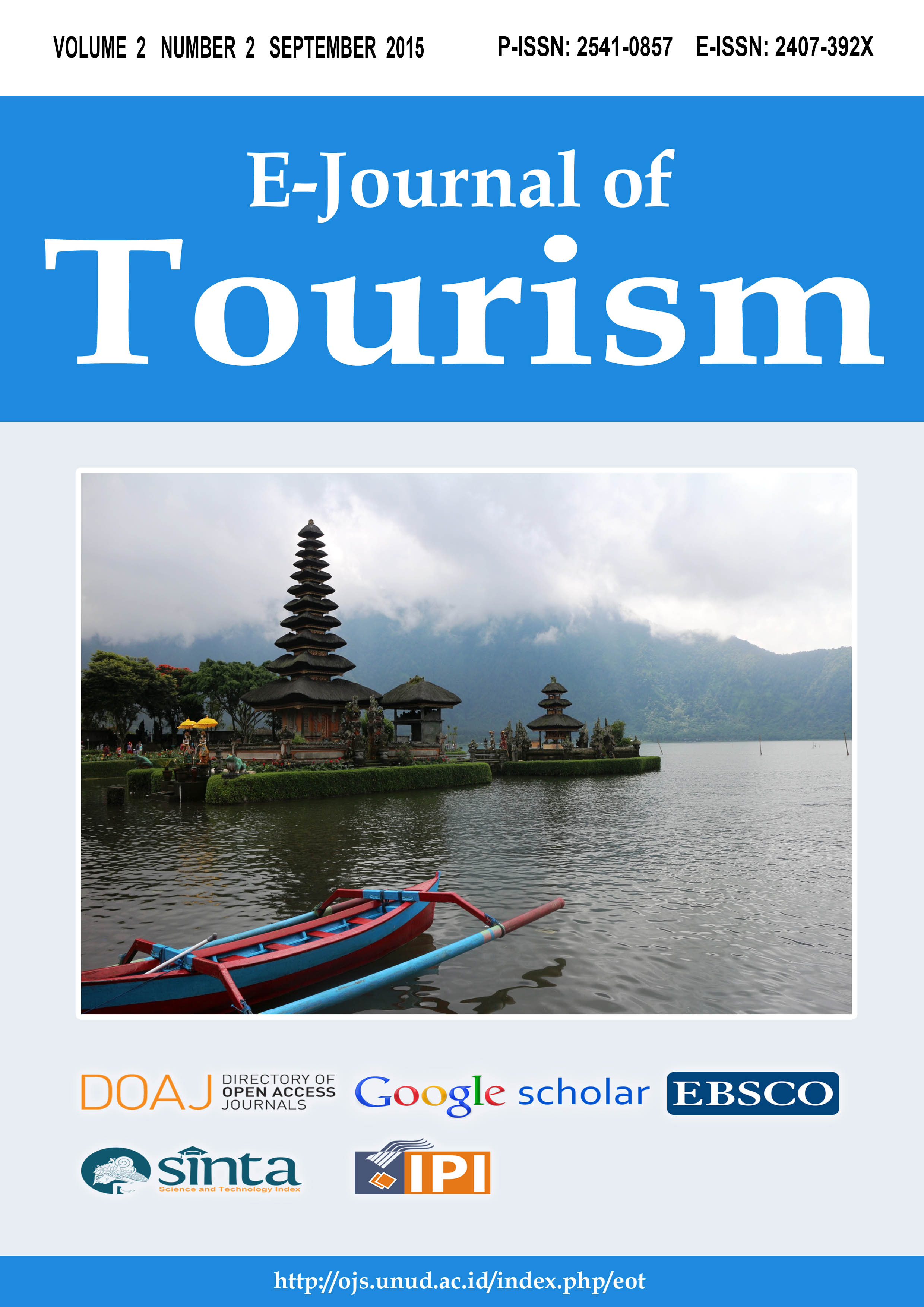Tourism and Forestry Collaboration in Bali-Indonesia
Abstract
The declining interest of the younger generation in forestry education has become a global issue while forestry continues to play an immense role for human lives throughout the world. This decline should be anticipated by higher education institutions by forming a collaboration between forestry education and another, more appealing, education program. For Bali, which has relied on the tourism sector as the main driver of its local economy, collaboration between the tourism sector and forestry sector seems natural. Based on case studies in Bali,the idea of utilizing forest areas for tourism have entered a new phase that is as one of the drivers for foreign domestic tourists to travel to Bali. Several forest areas that have been for tourism include the mangrove forests of Badung regency, Tabanan’s botanical gardens, and West Bali National Park in Jembrana and Buleleng regencies. Collaboration between forestry and tourism is aimed at attracting tourists, absorbing more labor force, and preserving natural resources.
Downloads
Keywords

This work is licensed under a Creative Commons Attribution 4.0 International License.
The copyright of the received article shall be assigned to the journal as the publisher of the journal. The intended copyright includes the right to publish the article in various forms (including reprints). The journal maintains the publishing rights to the published articles.




















